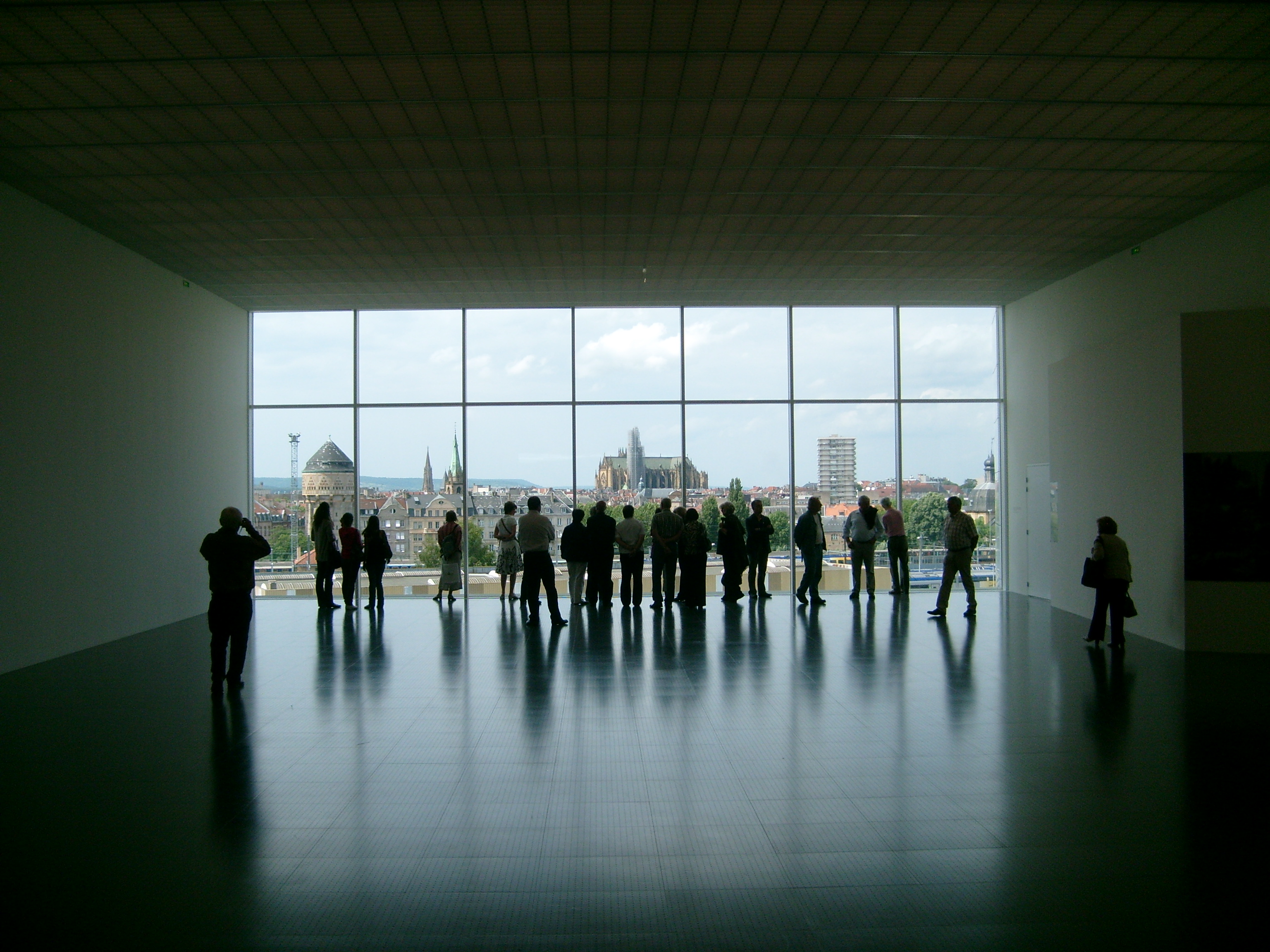Have you heard about the sac gourmet, aka the French-style
doggy bag? Probably not since doggy bag almost non-existent there! Yet, doggy
bags are trying hard to make their way into French restaurants. This would be a
total revolution for the culinary etiquette of France. Let us tell you why this
is going to be a rough task.
First of all, when you get lunch or dinner in a
French restaurant, you would be surprised about the proportion of food served. While
it may be over-sized in the US, it appears to be most of the time the right
amount in France.
Food is also sacred in France and this is one of the other
main reasons of the lack of doggy bags there. Many chefs and restaurants would
never allow or even consider putting left overs in a bag or a box! And if it is
part of the French culture to raise their kids to finish their plates, France
is still a strong wasteful country. In 2011, French people threw away 21% of
the food they bought (about 200 lbs. per person/year!). The EU declared 2014
the “year against food waste”.
By the end of 2014, only 31% of the restaurants
in France already offer a doggy bag service to their customers or would be willing
to. In Lyon, the gastronomic capital, a couple companies offer doggy bags to
restaurants, try to change people’s mind, and warn about food waste.
It is not
sure that doggy bags will make their way in France and if they do, this will be
a big change in French gastronomic culture. We will keep you posted!
Photo from thetimes.co.uk





